In Photos: Ancient Shipwreck's Ceramics Traced to Kilns in China
The passage of time
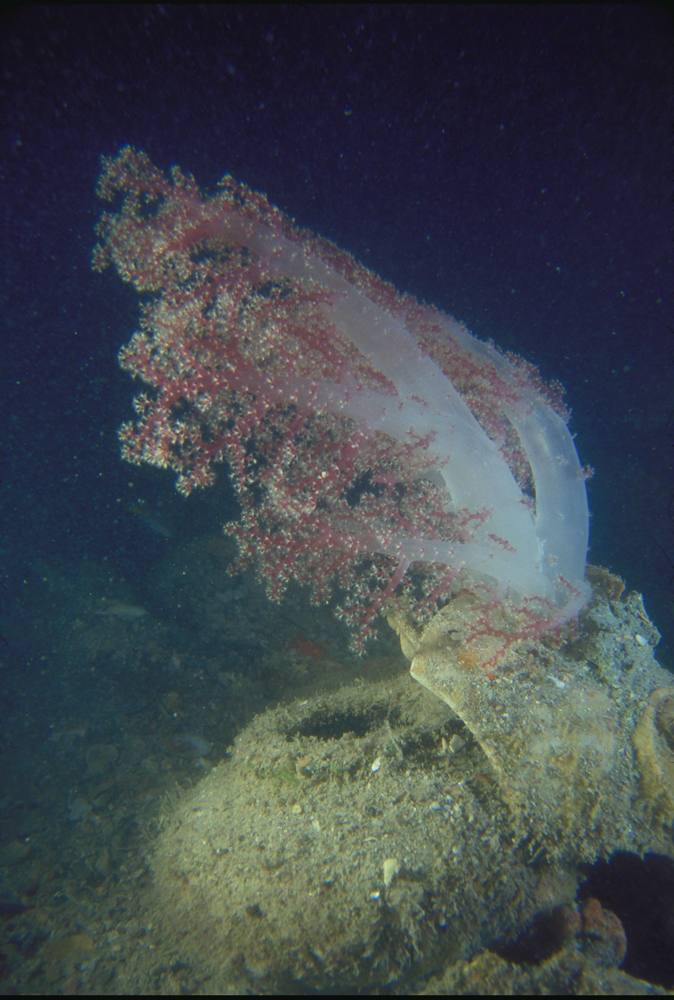
At the shipwreck site in the Java Sea, ceramic bowls which were part of the cargo sit at the bottom of the ocean covered in sand and marine life.
Home wreck
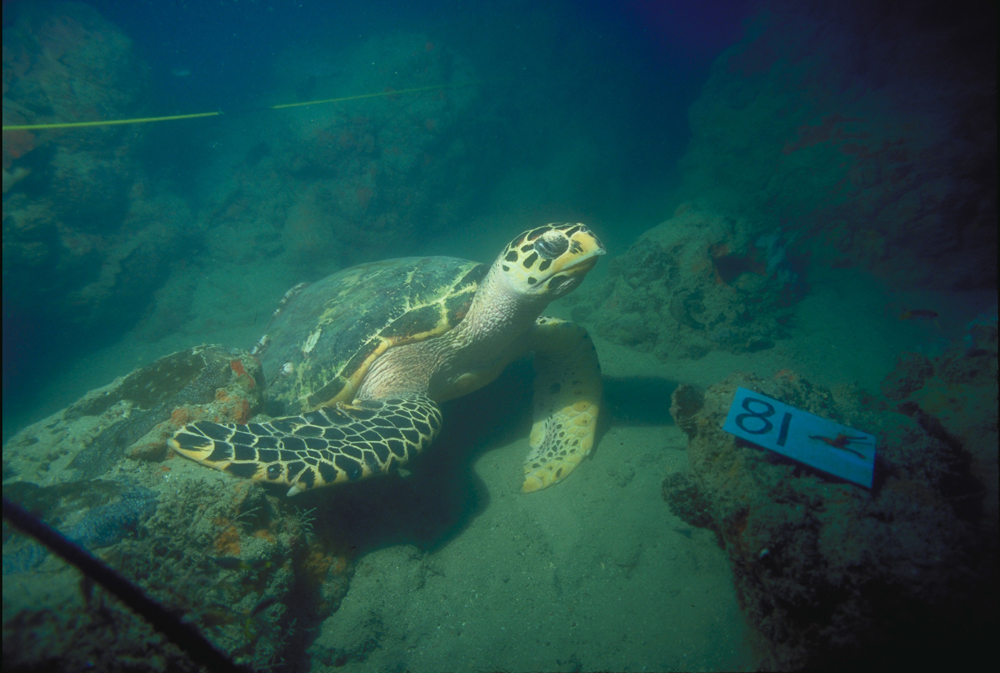
Along with the ceramic cargo from the Java Sea shipwreck, explores discovered local residents — like this sea turtle — who made the site their home.
Samples to examine
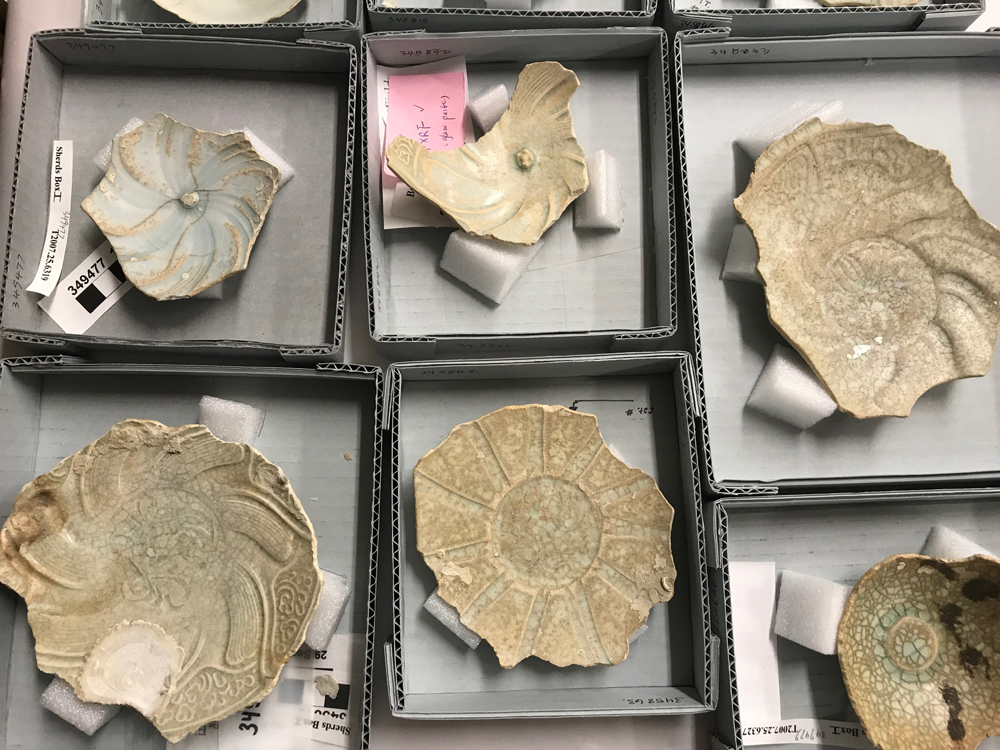
At the Field Museum, the Java Sea shipwreck collection offers these beautiful qingbai samples for scientific scrutiny.
Specimens for comparison
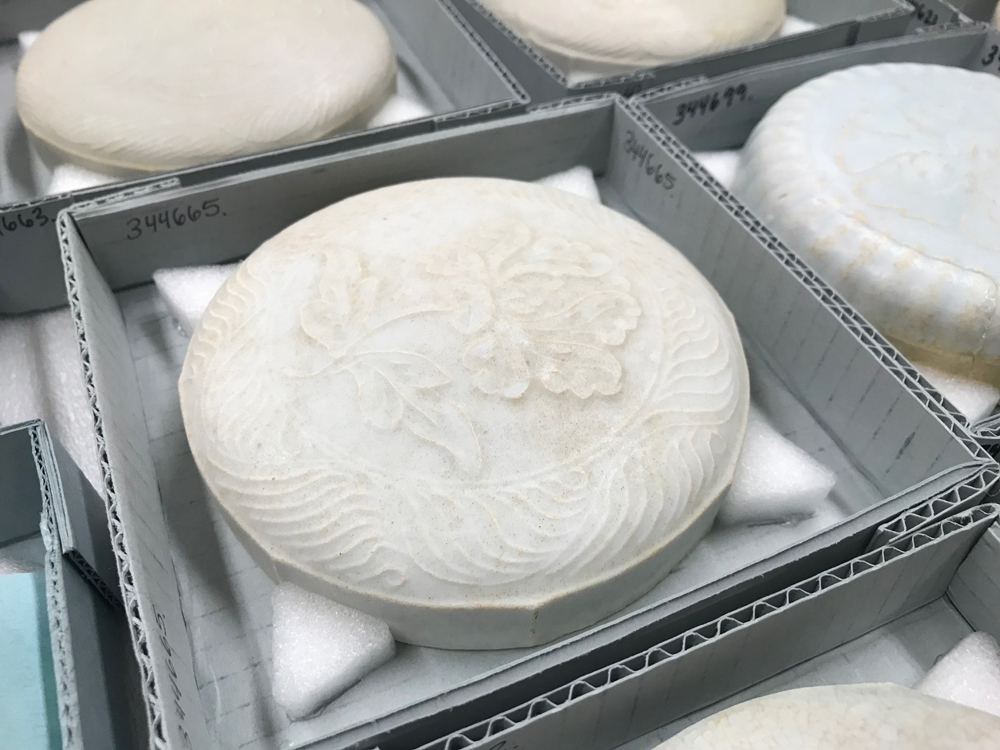
Qingbai boxes at the Field Museum were analyzed by researchers seeking connections to the kilns where they originated in China, more than 800 years ago.
History and Modernity together
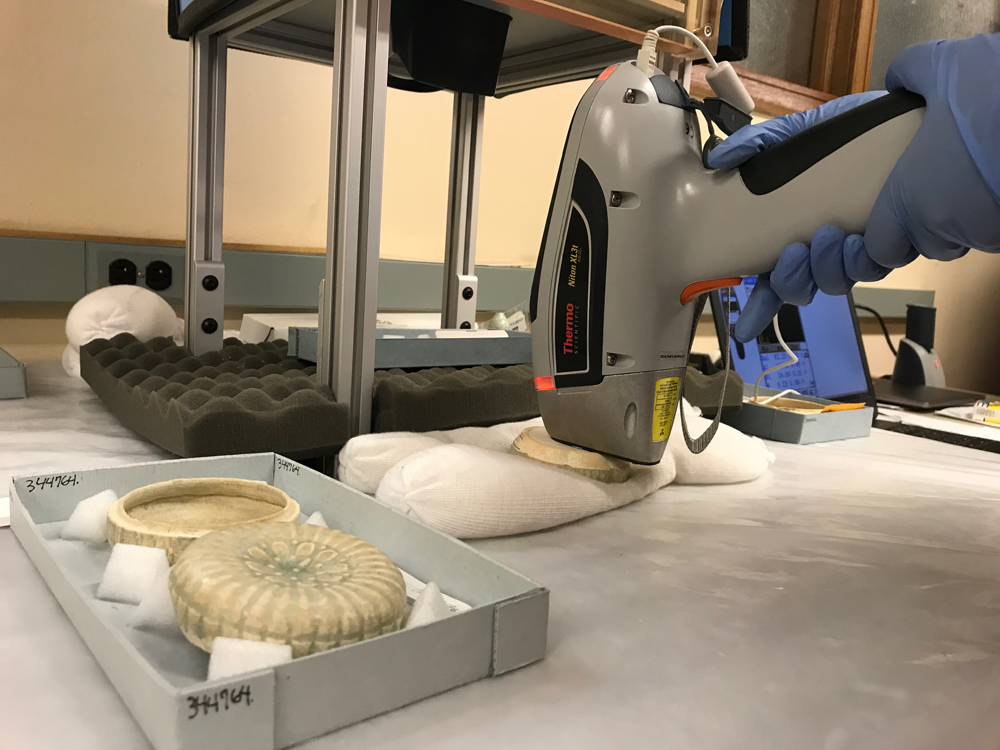
At the Field Museum, a tool called a portable X-ray fluorescence analyzer was used to detect chemical signatures in the ceramics.
Examples from other regions

This wide-mouthed jug — known as an ewer — shows qingbai work from the Jingdezhen region.
Hard at work
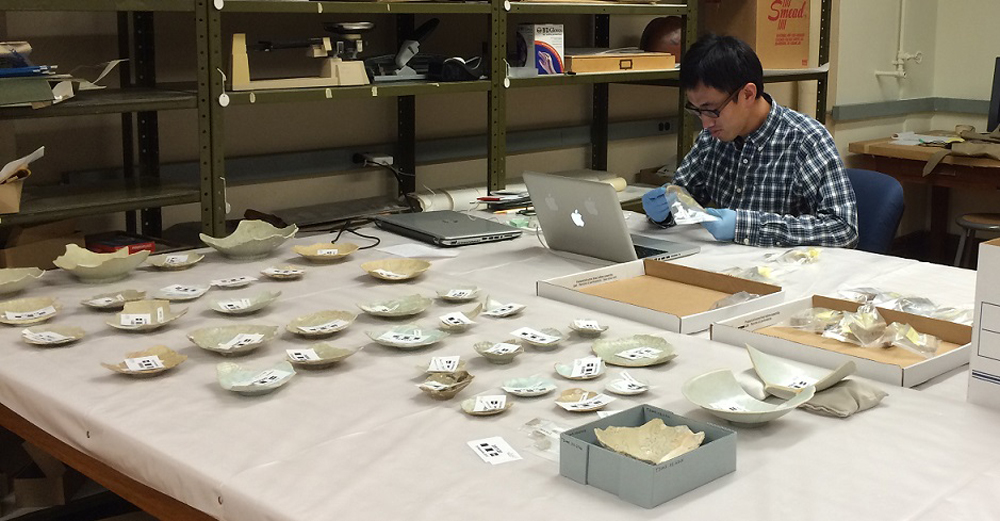
Researcher Wenpeng Xu examines samples of qingbai at the Field Museum, working on a growing database of the style. His goal: to identify the kilns where the ceramics from the Java Sea shipwreck were created.
Sign up for the Live Science daily newsletter now
Get the world’s most fascinating discoveries delivered straight to your inbox.









